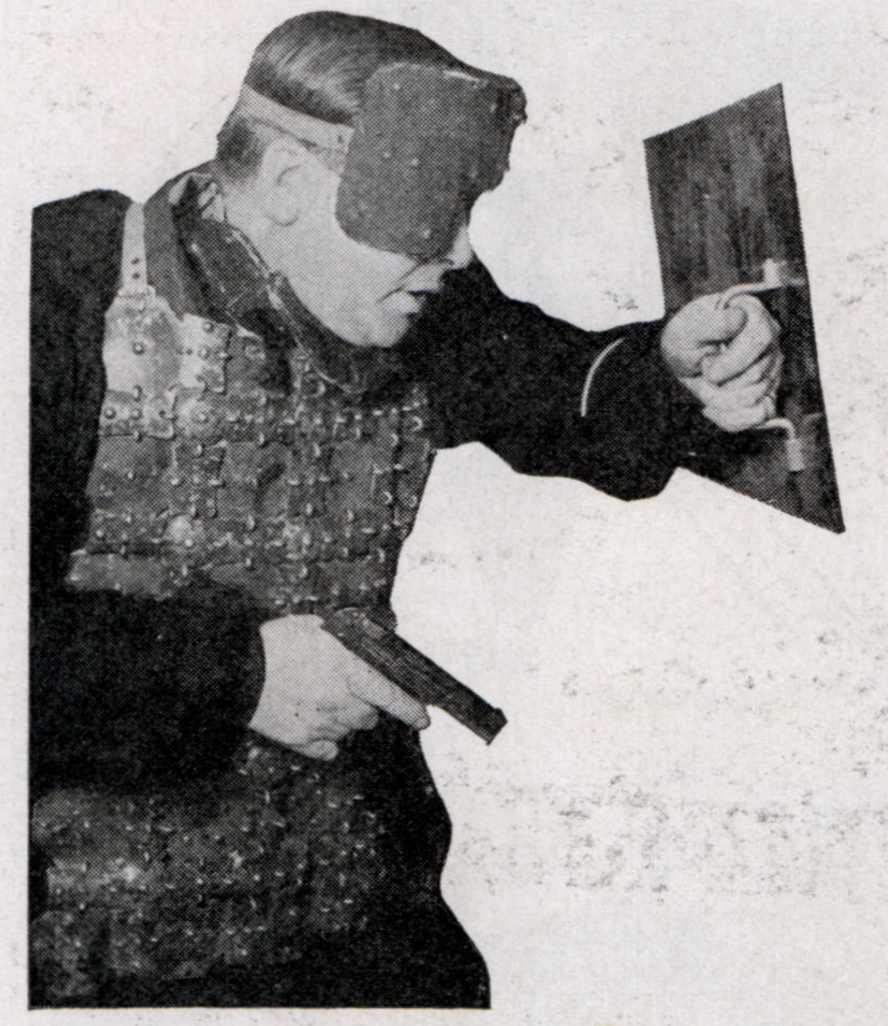
Hiring in various kinds of “security” has increased exponentially in recent years, from jobs in cybersecurity and private security to prison guard and border patrol employment. Cop shows have proliferated accordingly, though they have long been a television staple, including those that portray police corruption. The trope of the “bad lieutenant” is well trod, doesn’t shock, and arguably serves to affirm police as a whole, the pervasiveness and militarization of whom are, historically speaking, relatively new. Excepting perhaps The Wire the locus of such plots does not critique the existence of policing but rather inevitably concerns the personal risks taken by specific, heroic detectives who endanger themselves when they begin to uncover criminality internal to their organization. Even the episodes about corrupt higher-ups resolve in the conviction of a few individuals, “a few bad apples”, while, true to the individualism of contemporary “realist” storytelling, the institution of policing, reformed, purified, and purged, remains intact. What’s taken for granted, what’s unthinkable on these shows, is to question the need for police at all.
The televisual violence of policing has an aesthetics, an art history, that revolves around the singular figure of the smarter detective, the one who is exceptional at solving mysteries and who is himself something of an exception, as well as a mystery, managing against all odds to remain ethical in a corrupt system and imaginative in a reductive one.
To watch detectives uncover a plot in a realist detective drama—with diagrams, pictures, graphs and notes on whiteboards—is also to watch the writer construct one. The detective is the writer, trying to hash out meanings, causes, and relationships. And because the genre requires it—because these are detectives—there must be something to be detected: an empirical explanation; something to be found out. Every episode rewards the detective, and the viewer, vicariously detecting, with resolution.
The evidence is retroactively obvious in these storylines, showing how most plotters get caught. Either because they are too linear in their thought, or there’s some detail they haven’t considered, some anamorphic shred of being they’ve left lying around, the smoking gun of their humanity that is also a sign of their crime.
That form of narrative arc which must resolve conflict typically entails microcosmic changes for individuals only and otherwise a return to business as usual. Storytellers who are interested in transformation as a subject in and of itself, who are interested in macrocosmic phase shifts, use irresolution as method.
A recent spate of television shows posit the radical transformation of collectivities, of multitudes, of societies and not just of individuals. These transformations are brought about by the advent of inexplicable, supernatural incursions upon physics, and therefore upon...
You have reached your article limit
Sign up for a digital subscription and continue reading all new issues, plus our entire archives, for just $1.50/month.
Already a subscriber? Sign in




